The recreation of the Renault Espace as an SUV has more than a few people up in arms. What was once one of the most intelligent, space-efficient, and downright clever cars of all time has now been rethought as yet another big, hulking, inefficient (albeit electric), SUV. Sigh. Cars really are getting worse, aren’t they?
When you consider that the original Espace was praised by no less an authority than Gordon Murray (designer of the original McLaren F1, the V12 T.50 hypercar, Ayrton Senna’s title-winning McLaren MP4/4 ...) as one of the most intelligent and rational cars around, you can see how bad things have become.
It actually gets worse than that. In 2022, according to a report by the International Energy Agency (IEA), SUVs accounted for 46 per cent of all car sales around the world. While the term SUV can be sliced and diced and applied to all sorts of cars that maybe are or maybe aren’t actually SUVs at all, the simple fact is this; tall cars have won. Everything else is now a footnote.
This is a terrible thing. It’s terrible for the environment. That same IEA reckons that between 2010 and 2018, CO2 emissions from non-SUVs actually fell, at a time when emissions from actual SUVs was skyrocketing. Globally, private vehicles currently account for nine per cent of all emissions, and that figure would be vastly less if we hadn’t all gone SUV crazy. Perhaps Greece would not be quite so much on fire, had we not.
READ MORE
The link between these vehicle types and certain common pedestrian crashes points to another way that the increase in SUVs on the roads might be changing the crash picture
Why did we? Simple – American car makers. Back in the 1970s, American car makers were confronted with stark new regulations both on emissions and fuel economy. But there was a massive, honking loophole – ‘light trucks’ didn’t have to conform to these new regulations, because light trucks were designed for people who used their vehicles to make a living – builders, contractors, electricians, Wichita linespeople and so on – and the government didn’t want to be seen driving up the prices of such, relatively compact at the time, pickups and trucks.
However, it didn’t take Detroit long to realise that not only could such vehicles swerve emissions regulations, they could also be hugely profitable because the bits underneath were so cheap to build. In the late 1980s, Ford was weighing up the possibility of taking on Ferrari and Porsche, with a gorgeous mid-engined V6 and V8-engined sports car. Known internally as the GN34, the car made it all the way to a full-size styling proposal but was canned at the last minute in favour of a new truck-based vehicle called the Explorer.
Ford executives had figured out that a newfangled market for sports utility vehicles was likely to be more of a money-spinner than a low-volume mid-engined supercar. Frankly, I’ve never forgiven them for it and neither should you. News of the fast and easy profits of SUVs didn’t take long to work its way into the boardrooms of every car maker in the world, and now even the likes of Porsche makes more SUVs than it does sports cars, while Ferrari has made a car – the V12 Purosangue – which it says isn’t an SUV but which totally is.
“The impact of its rise on global emissions is nothing short of surprising” said the IEA’s report. “The global fleet of SUVs has seen its emissions growing by nearly 0.55 gigatonnes of CO2 during the last decade to roughly 0.7 gigatonnes of CO2. As a consequence, SUVs were the second-largest contributor to the increase in global CO2 emissions since 2010 after the power sector, but ahead of heavy industry – including iron & steel, cement, aluminium – as well as trucks and aviation.”
The IEA has calculated that an SUV will use around 25 per cent more energy than a lower-slung body shape with the same engine. That profligacy means that the growth of SUVs has wiped out, and then some, advances made in fuel efficiency since 2010. The IEA estimates that improvements in engine design and aerodynamics have saved around 2-million barrels per day of oil consumption. The rise of the SUV, it estimates, has cost 3.3-million barrels per day in the same time period.
Then there is the misconceptions about safety. The Insurance Institute for Highway Safety (IIHS) is an independent, non-profit scientific and educational body which has been campaigning for improved driving safety since 1959. It was formed by the three largest insurers in the US.
“We already know that larger vehicles cause more severe injuries when they strike pedestrians,” says IIHS vice-president of research Jessica Cicchino, one of the study’s authors. “The link between these vehicle types and certain common pedestrian crashes points to another way that the increase in SUVs on the roads might be changing the crash picture.”
Pedestrian deaths in the US have risen sharply in recent years, and rose by 59 per cent between 2009 and 2020. 6,500 pedestrians were killed in 2020, and further 54,700 injured in vehicle collisions.
The IIHS report found that the odds of a car striking and killing a pedestrian when making a turn around a junction were twice as high for an SUV compared to a car, and four times as high for pickups.
“It’s possible that the size, shape or location of the A-pillars that support the roof on either side of the windshield could make it harder for drivers of these larger vehicles to see crossing pedestrians when they are turning,” says IIHS senior transportation engineer Wen Hu.
One of the many complaints we hear, in regards to buying SUVs, is that there are fewer and fewer alternative body styles available (try buying an MPV these days ...) but here, we hope to provide you with at least a little inspiration to pick something other than an SUV for the same or similar cost. And you won’t even have to change showrooms, just walk across this way ...
Don’t buy: Hyundai Tucson
Buy: Hyundai Ioniq 6
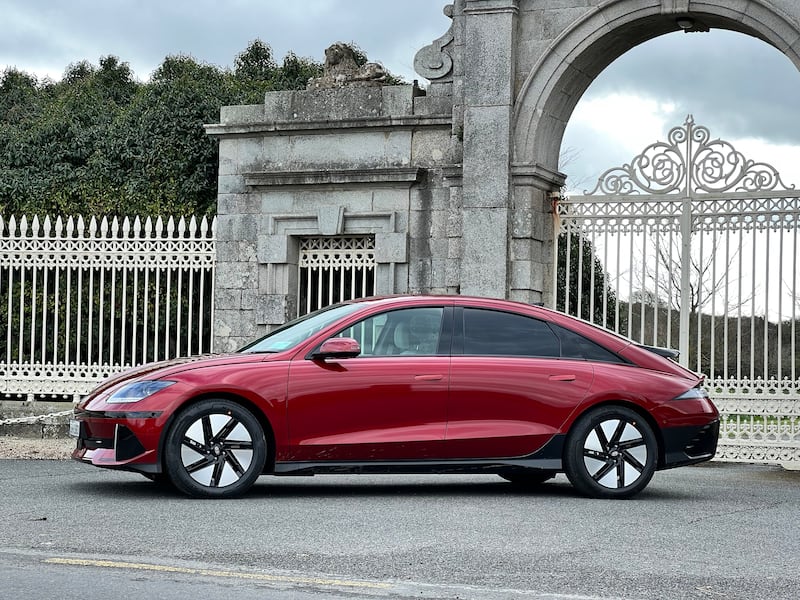
We could probably have suggested substituting the practical, hatchback Ioniq 5 for the best-selling Tucson here, but while we’ve always regarded the 5 as a big hatchback, it is – in all honesty – really something of an SUV itself. So go instead for the sleek, low, quite sexy Ioniq 6. Brilliantly spacious inside, and staggeringly efficient to drive. It’s also comfortable and refined, and for anyone thinking that going electric is going to be awkward, the Ioniq 6′s long range and fast charging times should quell any fears.
Don’t buy: Tesla Model Y
Buy: Tesla Model 3

The Model Y was, honestly, one of the most disappointing cars we drove all last year. Rough-riding (although the suspension has been updated since our test drive) and with slightly trundly handling. The 3, by comparison, feels much better developed, and isn’t so much less roomy as to render it impractical. It’s far better to drive than the Y too, and better looking. Plus it’s more affordable. Honestly, why Y when you can 3?
Don’t buy: Volkswagen Tiguan
Buy: Volkswagen Passat Estate
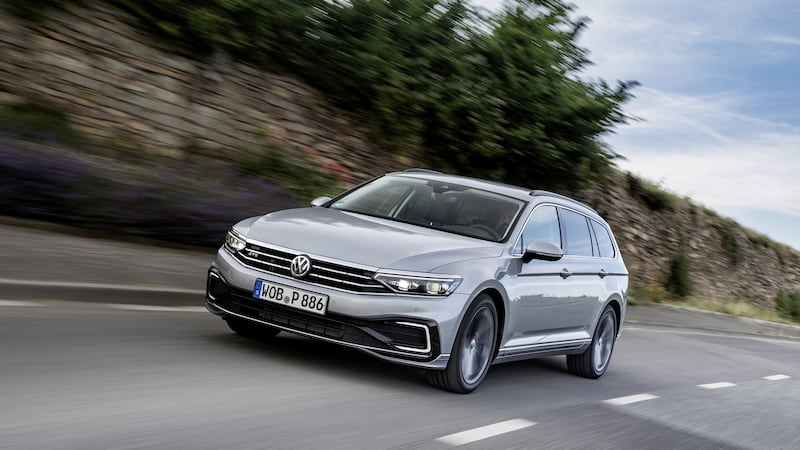
Yeah, I know – you all hate estates. Well, get over yourselves. An SUV is just an estate with Simon Cowell-style lifts in its heels, so you may as well get the same thing but lower, sleeker, more aerodynamic, and more efficient. The Passat ticks all of these boxes, and comes with a bigger boot than you get in a Tiguan too, so there. There’s no electric Passat, but you can get a very frugal plug-in hybrid – which will become even more frugal when the all-new model arrives next year.
Don’t buy: Ford Puma
Buy: Ford Focus
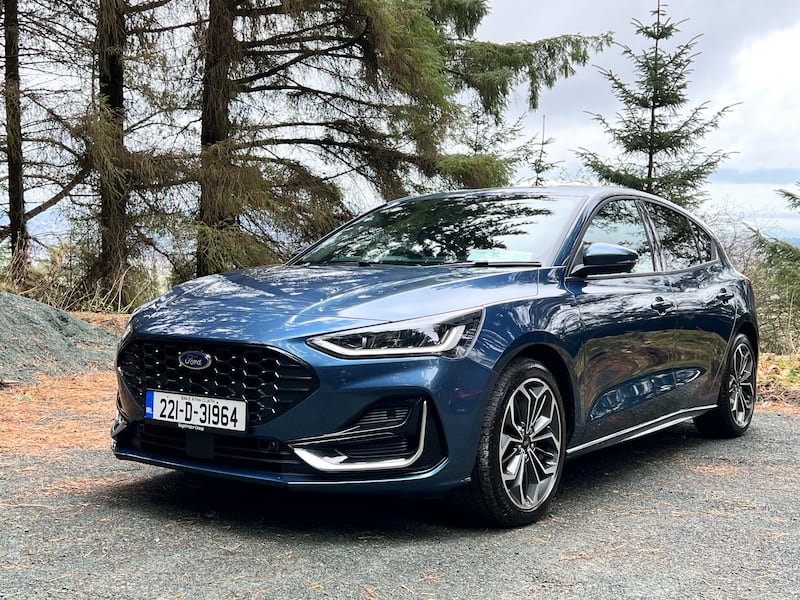
Happily, you all seem to be taking at least some of this to heart already – the Focus, going out of production soon though it might be, does still just outsell its crossover cousin. The Puma is actually pretty good fun to drive, and practical, but when you drive a Focus you realise, quite starkly, just how good, how smooth, and how wonderful it is to drive a car with its weight in the right place, and with suspension tuned by people who really, really know what they’re doing. Estate version is way more practical and useful than a Puma, too and the Focus is much more comfortable. Buy one while you still can.
Don’t buy: Nissan Qashqai
Buy: Nissan Leaf
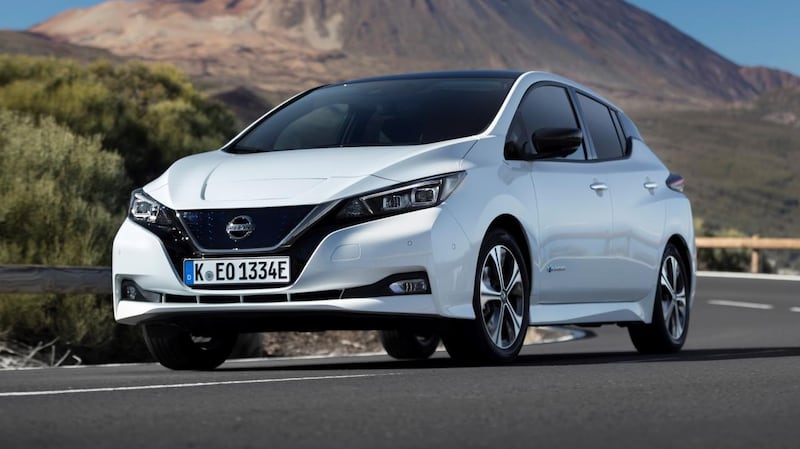
It’s getting harder and harder to buy a Nissan that’s not an SUV, and that’s perhaps no surprise given that the Qashqai has been so blisteringly successful for the Japanese brand. The Leaf is actually the last hatchback standing in Nissan’s line-up, and while it’s a touch short on range compared to its more modern opposition, it’s still a good all-rounder, and impressively affordable if you can manage with the 285km range of the basic 40kWh battery version. It’s also not really all that much less roomy than the Qashqai – a classic case of the fallacy of thinking that just because a car is big, it must be practical too.
Don’t buy: Dacia Sandero
Buy: Dacia Jogger
Actually, the Sandero is one of the few SUVs that would be allowed to continue on sale were we to be made king or queen for a day. However, while it’s rugged, practical, useful, and affordable all that can also be said of the Jogger, which also has the bonus of extra seats in the boot. You can even get an optional fold-up bed for the back that turns the Jogger into an ersatz camper van, and it’s good to drive. Plus, you can buy the Jogger with an efficient hybrid engine, which you can’t get in the Duster yet. A true star car, this one.
Don’t buy: Volvo XC60
Buy: Volvo V60
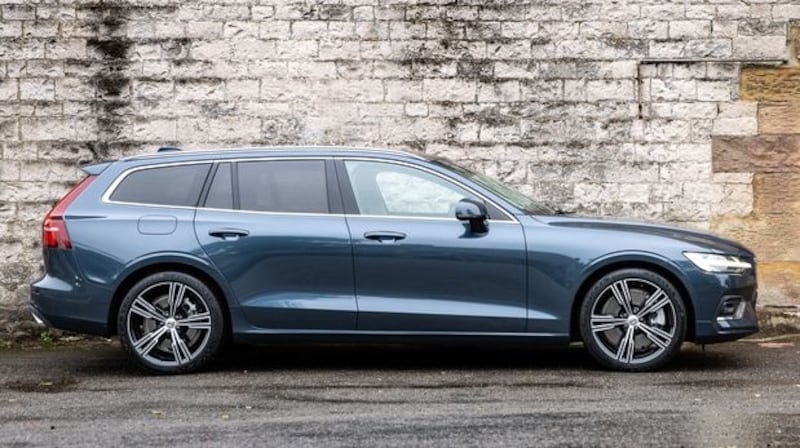
Yes, we know – another estate and that’s the hill we’re prepared to die on. The XC60 is a perfectly lovely car and all, but just look at the V60. Low slung, damn close to sexy, and with a boot that’s just as big and useful as that of the SUV. Plus you can get a T8 plug-in hybrid model that deftly mixes 91km of electric range with 455hp and really enjoyable handling. A deeply, unfairly, unsung car.
Don’t buy: Opel Mokka
Buy: Opel Astra
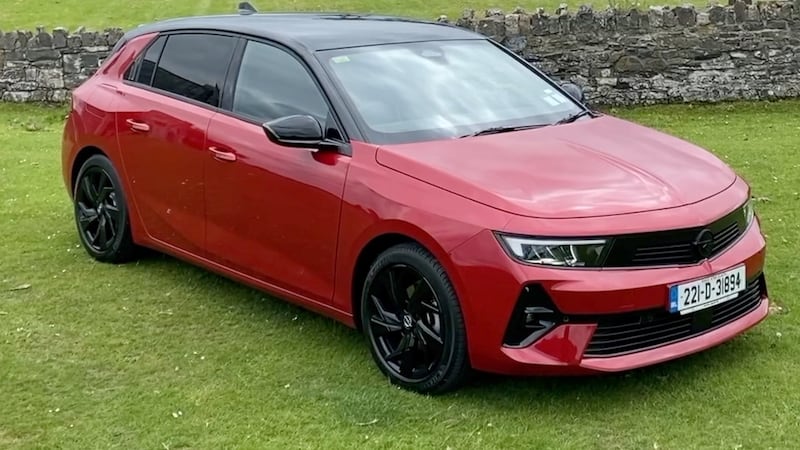
That the Mokka currently vastly outsells the Astra is, frankly, incomprehensible. The Mokka is nice enough and all, but the Astra is at another level of sophistication, not to mention that it’s roomier, sweeter to drive, and more refined. The basic 1.2 petrol Astra is the sweet spot of the range for the moment, but the incoming all-electric version, especially in handsome, roomy estate form, could be the best of them all.
Don’t buy: Toyota C-HR
Buy: Toyota Corolla Touring Sports (OK, or saloon)
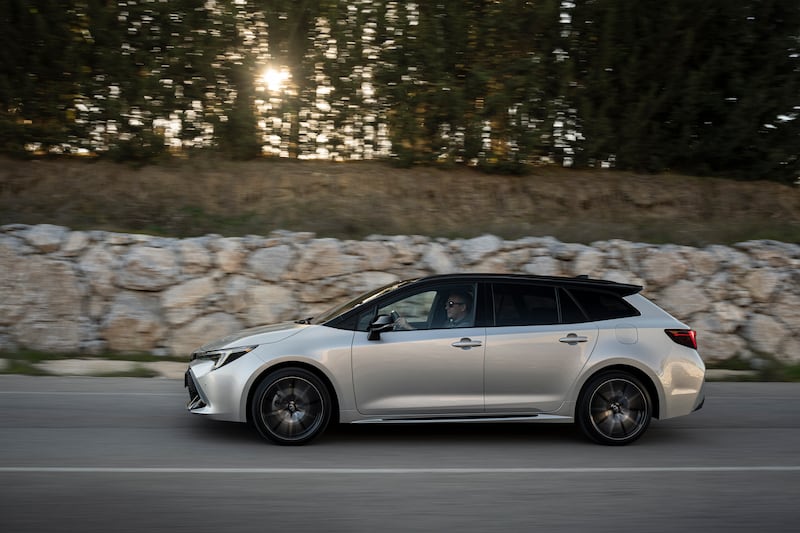
We can totally see the appeal of the C-HR. It’s styled with the same chunky appeal of a Nike sneaker, and comes with a frugal hybrid engine. It’s even good to drive. However, while the Corolla can’t quite match the stylistic appeal of the C-HR, it uses the same hybrid engine, is more frugal again, still very sharp to drive, and – as long as you go for the Touring Sports estate or the four-door saloon versions – way more practical and useful (try to fit actual people into the back of the C-HR and you’ll see what we mean).














